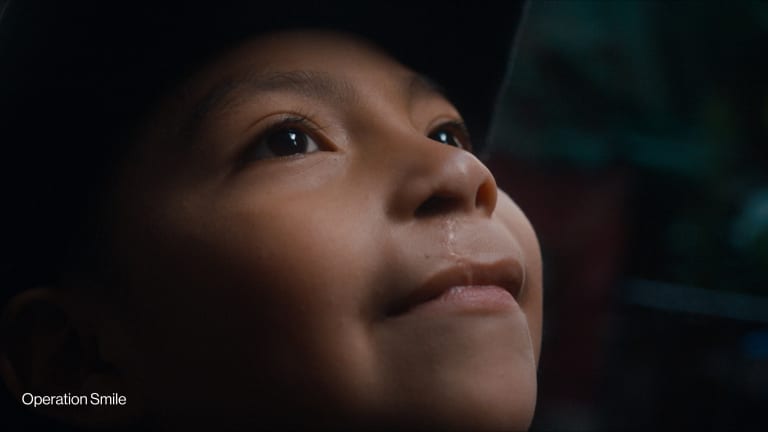In April, Save the Children will be embarking on a new approach in delivering frontline emergency services.
The launch of the Emergency Health Unit will allow Save the Children to cover a “full spectrum” of services required to save the lives of children and is the star of a new approach in their response to humanitarian disasters. “It’s not that we weren’t doing it — we were doing some elements of it,” Dr. Unni Krishnan, Save the Children Australia's director of the Emergency Health Unit, explained to Devex. “But through the launch of this unit, it is going to be an overall vision and governance strategy to drive this critical piece of work.”
The Melbourne-based unit’s primary responsibility will be responding to humanitarian disasters in the Asia Pacific, filling in a gap Krishnan identified through analyzing the capabilities of Australian nongovernmental organizations in responding to disasters in the region. With natural disasters predicted to increase for this area in particular, Krishnan sees the unit as an important and critical asset moving forward to rapidly respond to disasters and save lives.
This story is forDevex Promembers
Unlock this story now with a 15-day free trial of Devex Pro.
With a Devex Pro subscription you'll get access to deeper analysis and exclusive insights from our reporters and analysts.
Start my free trialRequest a group subscription







